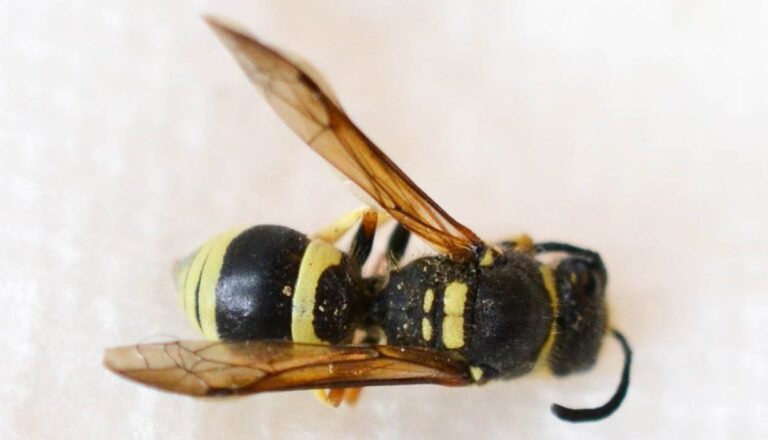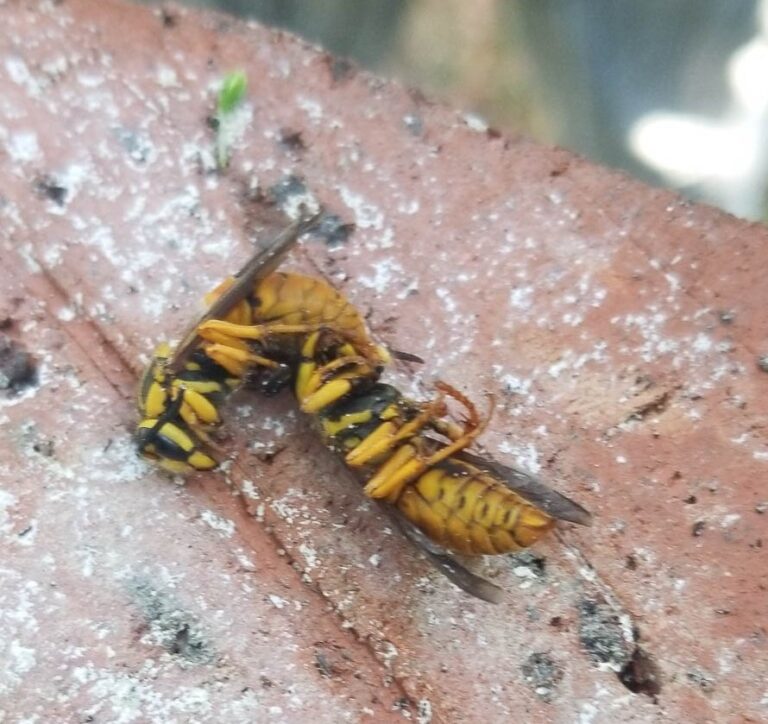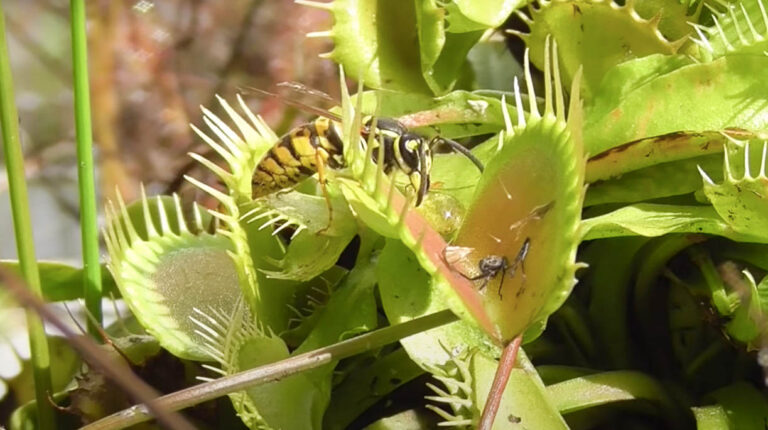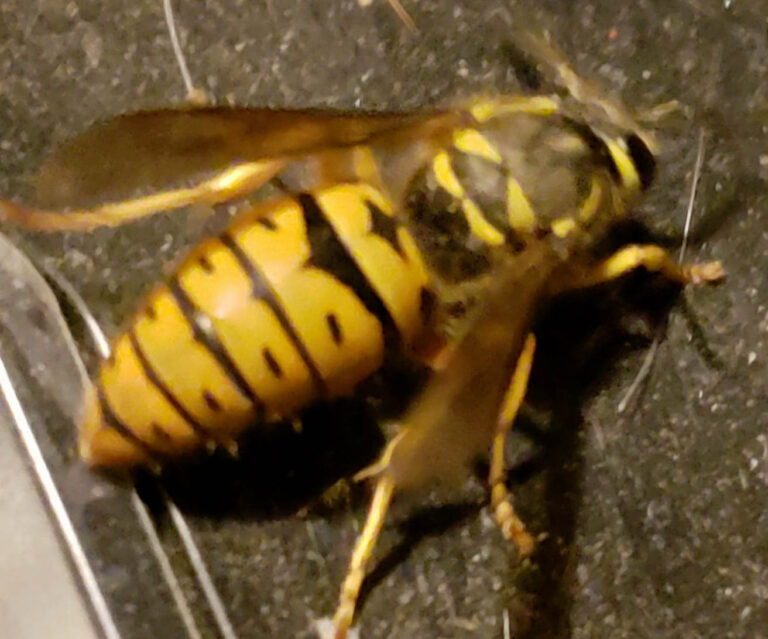About Yellowjackets
About Yellowjackets
Appearance
Yellowjackets are known by multiple names: Vespula, Dolichovespula, and Paravespula. But as their common name suggests, they are best known for their striking appearance. They are around 12 mm (0.5 in) in length, the average yellowjacket worker is recognizable for their striped black and yellow body. However, a queen will be several times larger.
They are often confused for bees, but yellowjackets are much slimmer and sleeker. Their head is almost rectangular, with two black eyes and two long black antennae. Their two front legs join at the small rounded thorax, while their rear legs join at the start of the abdomen. At their tail, they have a ferocious spear-like stinger. They also have two wings that are attached to their thorax.
Behavior
Yellowjackets are notorious for their aggressive nature. In reality, they’re relatively slow to sting. If left alone, they will leave you alone. But, approach their nest, and they will become dangerously territorial. Unlike bees, which can only sting once, yellowjackets will sting repeatedly. People have become seriously injured, or even died, from a yellowjacket swarm. A yellowjacket sting has several symptoms:
- Difficulty breathing
- Swallowing problems
- Fever
- Nausea
- Vomiting
- Diarrhea
- Coughing
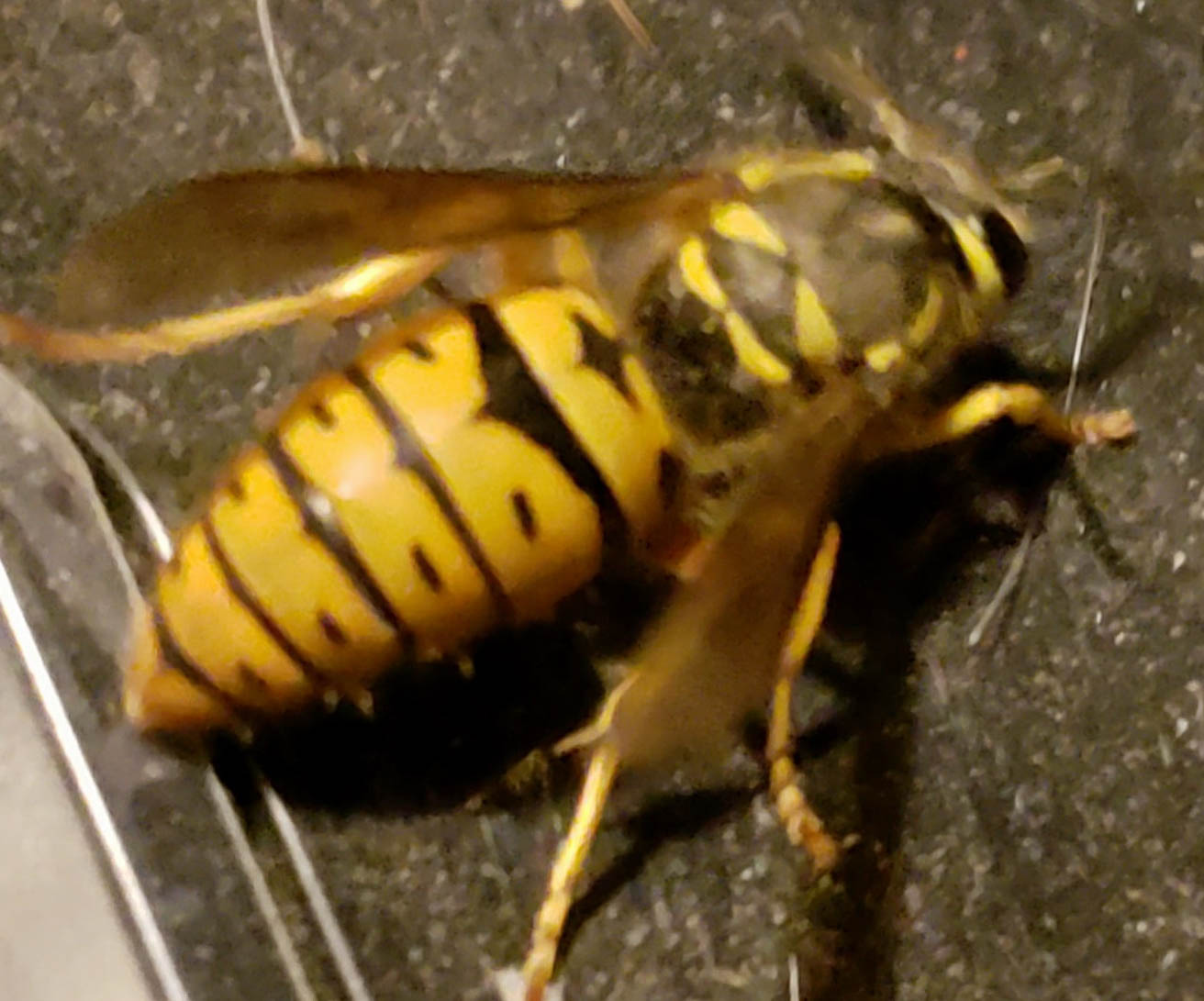
If the sting is severe enough, you may need to seek medical help. However, for most people, a sting will involve redness and swelling around the affected area. Following a few hours or days, the sting will calm down, and the swelling will reduce.
Their life cycle is similar to most bees and wasps. Queens hibernate for the winter. Then in the spring they select a nest and begin hatching eggs. A nest can hold thousands of workers; all tasked with protecting the queen and raising young.
They will typically eat foods rich in sugars and carbohydrates, for instance, fruits, tree sap, and flower nectar. Their larvae feed on proteins from meat, fish, and other insects.
Habitat
Despite being found around the world, yellowjackets are most common in North America. Their nests can be found rurally in woodlands, orchards, or meadows. However, they aren’t opposed to urban living, being found in bushes, playgrounds, sheds, or the eaves of a house.
When selecting a home, the queen will search for warmth and shelter, usually underground. Once settled, they will build their nest from a paper-like material they produce from chewed cellulose. At its maximum, a nest can reach the size of a basketball. Most nests will fail in the winter. However, some will continue, growing in size with multiple egg-laying queens. They can also be attracted to homes by food smells. Meat and sweets are common attractants, particularly the former, as meat is used to feed their young.
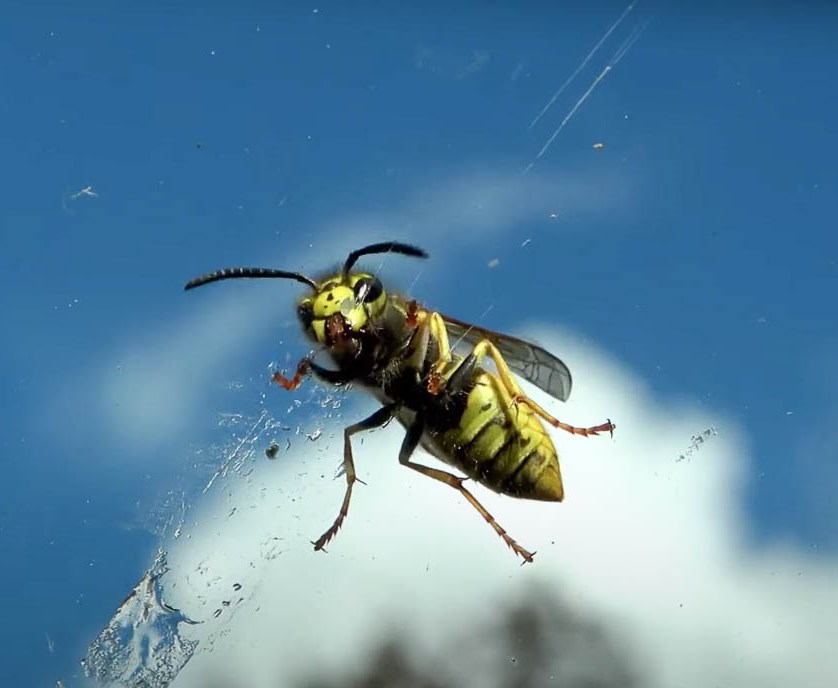
Damage they cause
The average nest doesn’t sound so big. But it can grow up to ten times larger, thereby swamping an attic or roof space. Generally speaking, they won’t cause any severe structural damage to a home. Although having a bunch of angry yellowjackets in your house isn’t the best way to live. However, on occasion, they have been known to chew through the drywall into living spaces.
You are also likely to get odor problems from a nest left to linger. Dead larvae will rot and other insects, like silverfish and dermestid beetles will also be attracted to the site.
Infestation signs
The most common infestation sign is frequent sightings of yellowjackets. However, you want to pay attention to where you see them. Look for small holes in the mortar or a site where many yellowjackets are coming and going from. These are signs that a nest will be nearby.
However, uncovering a nest is harder than it looks. Plus, you will want to be careful about approaching their nest. As mentioned, yellowjackets are incredibly territorial.
If you think you’ve identified where their nest is located, don’t go in for a closer inspection. Doing so is likely to get you stung.

Instead, contact a trained professional for yellowjacket removal. Nor is spraying insecticide a good idea. First, it will rile the yellowjackets. But they have also been known to burrow their way into living spaces to escape. The last thing you want is a swarm of angry yellowjackets in your living room.

